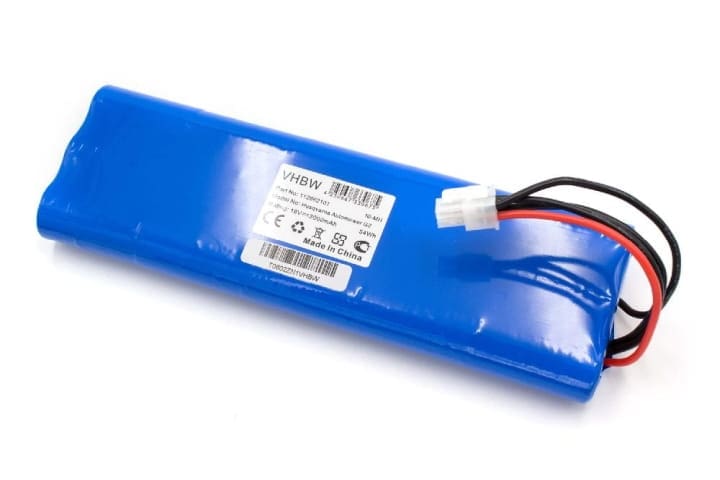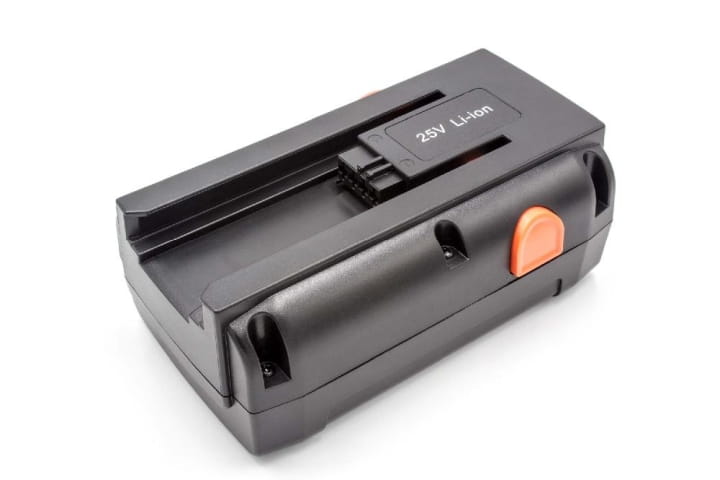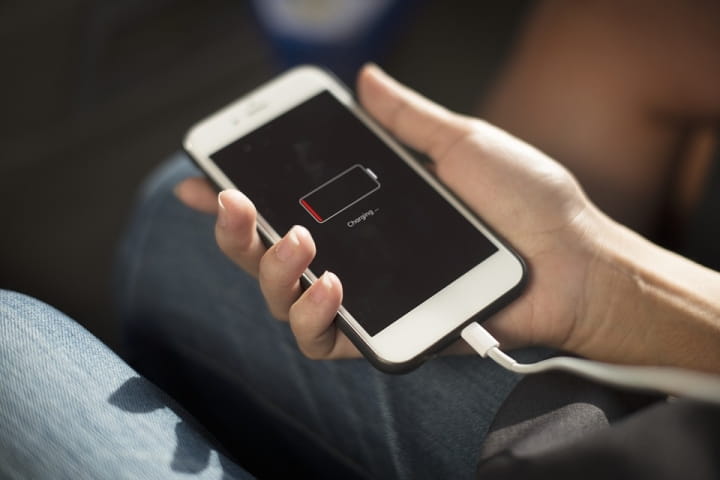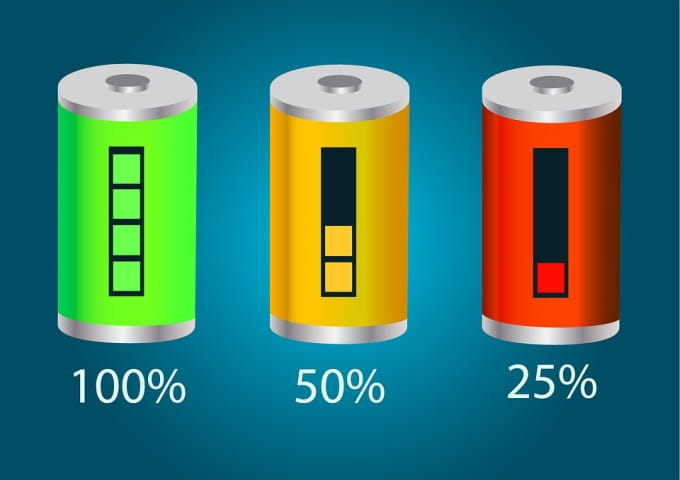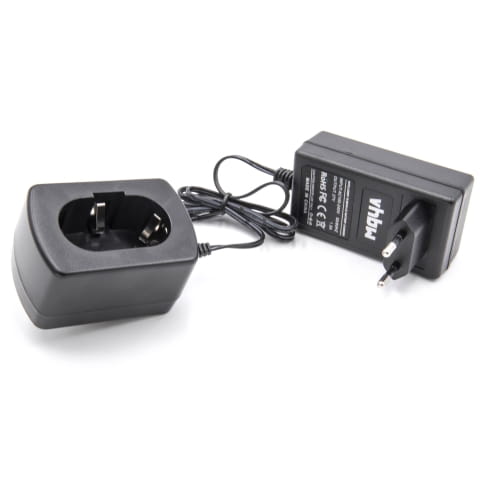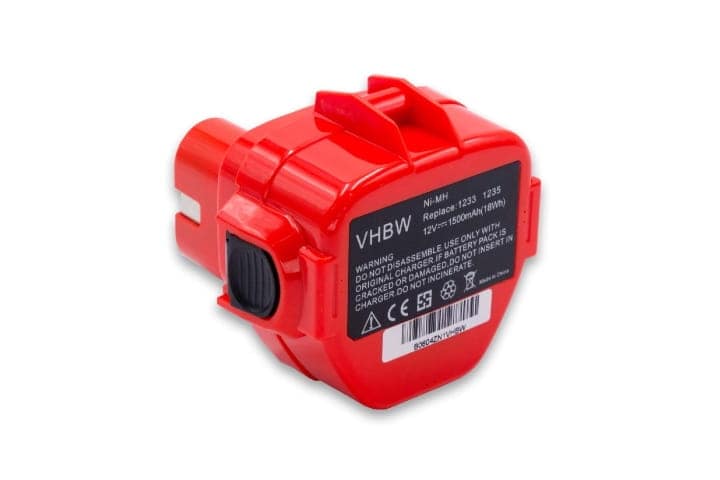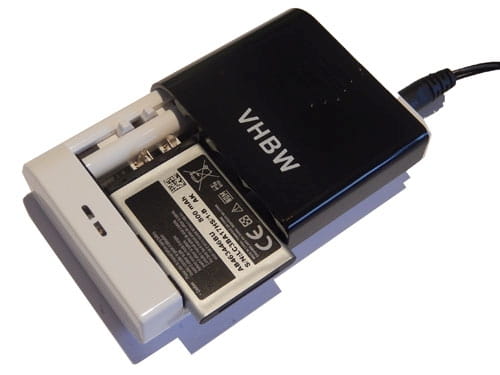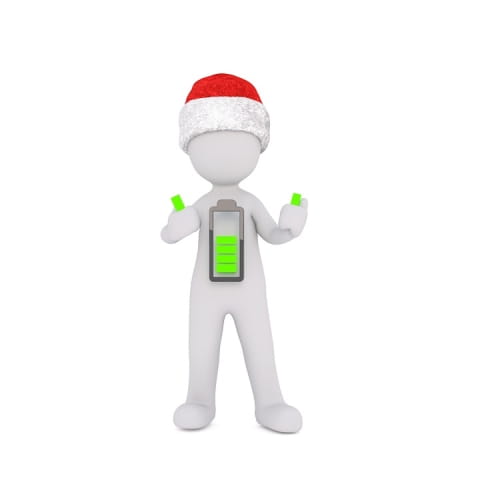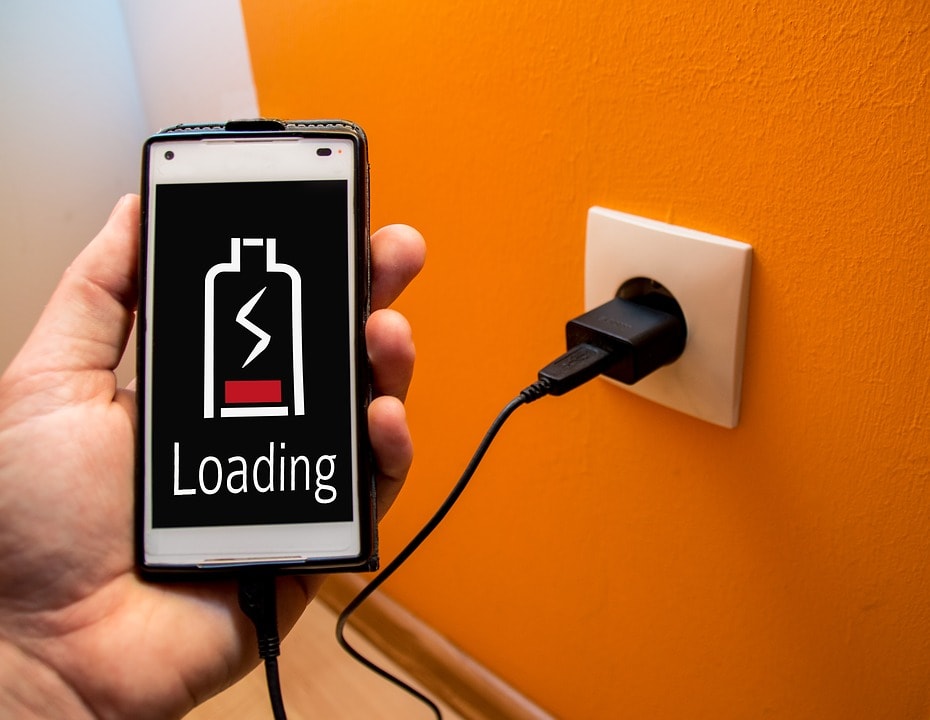
How to charge and store batteries correctly?
As this topic can cause confusion, we would like to give you a simple overview so that you can start the gardening season next spring with a functioning battery.
In this article, we will discuss NiMH and Li-Ion batteries, the two most common types of household batteries. We will not include nickel-cadmium (NiCD) batteries as nowadays these are rarely used. Likewise, we will not go into detail about lithium-polymer batteries (LiPo battery), as these are a subtype of lithium-ion batteries.
How to charge batteries properly?
Please only ever charge your batteries with the appropriate charger to prevent premature wear and damage.
Our hint: A battery charging cycle always goes from 0-100 percent. For example, if the battery is charged from 25% to 75% or from 50% to 100%, this is always half a cycle. If it is charged from 25% to 50% or from 60% to 85%, that is a quarter cycle.
Charging a NiMH battery
Generally speaking, standard NiMH batteries need to be fully charged after purchase, as they have a relatively high self-discharge rate of 25-50 per cent per month. However, there are also Eco-NiMH or LSD-NiMH batteries (Low Self Discharge) with a self-discharge rate of only 10-15 percent per year. These are particularly suitable for irregular or infrequent use. Unlike Li-ion batteries, NiMH batteries only reach their full capacity after two to three charge and discharge cycles.
The initial charge should always be carried out with a low charging current to avoid damaging the battery. For all further charging processes, a higher charging current is recommended but fortunately the charger regulates this automatically. The charging time is usually 3-4 hours. Modern chargers recognise when the NiMH battery is fully charged and switch themselves off. With older models, the battery should be removed after 4 hours at the latest, as NiMH batteries are much less tolerant of overcharging than NiCD batteries. It is also essential to make sure that the batteries do not get hot. NiMH batteries do not tolerate heat and can be damaged or suffer a significant reduction in their lifespan. The NiMH battery should not become hotter than your hand; if this occurs, you should stop charging.
The optimum operating temperature and charging temperature is between 10 and 30 degrees Celsius. Temperatures below 0 and above 40 degrees will greatly reduce the lifespan of NiMH batteries. Ni-MH batteries also do not tolerate deep discharge. This means the use of NiMH batteries in low-voltage devices such as alarm clocks or remote controls is not recommended, as these can use the battery to the point of deep discharge, which can irreversibly damage the battery.
More NiMH battery charging tips: It is better to charge the Ni-MH battery more frequently (low cycle depth) and thereby prolong its lifespan. Although this leads to the "lazy-battery" effect, this is very easy to remedy.
The "lazy-battery" effect is similar to the memory effect in NiCD batteries.
The "lazy-battery" effect is caused by the NiMH battery not being fully discharged. It reduces the voltage of the battery over the entire discharge cycle, which also reduces the NiMH battery life. However, this process is much less significant than the memory effect: it can be completely removed by discharging and recharging two to three times.
Here at Electropapa, our diverse range of batteries includes a selection of high-quality, compatible NiMH batteries. Why not take a look here in our online shop.
Charging a Li Ion battery
Li Ion batteries are already pre-charged and can be used immediately after purchase. Unlike NiMH batteries, their full capacity and power is available immediately with the first charge. A Li Ion battery does not need to be "trained" and does not have a memory effect or "lazy battery" effect.
However, Lithium-ion batteries wear out or age even when given the best battery care or left unused, meaning it is particularly important that you always use the right charger. A Li-Ion battery cannot be charged with a NiCD/NiMH charger because it requires more complex charging electronics (like tool batteries). For mobile phone or notebook batteries, the charging electronics are often distributed in the device and battery and also in the charger. These electronics for Li-Ion batteries always provide overheating protection, deep discharge protection and ensure an even charging current. In addition, the charging process of Li-Ion batteries is always terminated automatically once they are fully charged.
However, this does not mean that you should charge your smartphone overnight. That's because as soon as the charge level drops to 99%, the charging electronics start charging again. This higher charging current, which is used to fully charge your smartphone from 80-100 per cent, causes the battery to age more quickly and its lifespan to reduce faster.
You can extend the lifespan of your Li Ion battery through small charging cycles. It is highly recommended that you keep the state of charge between 40-80 per cent, as the charging current is gentler when charging from 40 per cent to 80 per cent than in the other charge ranges.
You can browse a varied selection of high-quality, compatible Li-ion batteries
How to store batteries properly?
In general, we recommend removing batteries from devices for winter storage and storing them in a cool and dry place. 10-20 degrees Celsius in a room with a stable temperature is ideal.
Storing NiMH batteries
Are you unsure whether to store NiMH batteries charged or discharged? A special characteristic of these batteries is that they must be stored fully charged. Otherwise, due to the sometimes high self-discharge rate, deep discharge can occur prematurely. To avoid this, you should discharge and fully recharge the Ni-MH battery after 3-4 months at best or after 5-6 months at the latest. This will ensure that your battery is still functional after hibernation.
Storing the Li-Ion battery
Li-Ion batteries should be 40-60 per cent charged when stored to minimise irreversible capacity loss during storage. As these batteries have a very low self-discharge rate of less than 5% per month, you usually do not need to do an intermediate charge until after 4-6 months of storage. A previous discharge as with NiMH batteries is no longer necessary with Li-ion batteries: this would only damage the battery.
In addition, stable and dry storage at 0-10 degrees Celsius is highly recommended, as this greatly slows down the natural ageing of Li-ion batteries. However, the refrigerator is not suitable as a storage location and before the next start-up or recharge, the battery temperature must be brought back to at least 10 degrees Celcius.
Charging a Ni-MH battery - A summary
How do you charge and discharge a NiMH battery properly? You can charge a NiMH battery using a suitable NiMH battery charger which automatically stops charging when the nickel metal hydride battery is fully charged. With an unsuitable charger, you can overcharge the NIMH battery. With the right NiMh battery care, you can prevent the memory effect in NI-MH batteries (otherwise called the "lazy battery" effect). To do this, you must discharge the NiMH battery until it is almost completely empty and then charge the NIMH batteries until they are full.
Charging a lithium ion battery - A summary
How should you charge a lithium ion battery properly? To charge a lithium-ion battery, you need a suitable lithium-ion battery charger. Charging a lithium ion battery overnight is not a good idea as this will only damage the Li Ion battery in the long term. The Lithium ion battery memory effect does not exist, but the battery cells do sustain damage from constant discharging and full charging. It is vital that you charge the Li ion battery by keeping it in a range of 20-80%. This is the optimum level for charging a Lithium Ion battery without damaging it, and this is how you achieve maximum battery lifespan.
These tips and advice apply to any NiMH or Li-Ion battery you have in your household. We hope our article has been able to clear up some of the confusion around rechargeable batteries and clarify the information and advice applicable to the new generations of rechargeable batteries. Here at Electropapa, we are proud to offer a diverse range of exceptional quality household batteries which can all be found here.
Do you need more information on this topic? Then feel free to write your questions, opinions and suggestions in the comments below.






